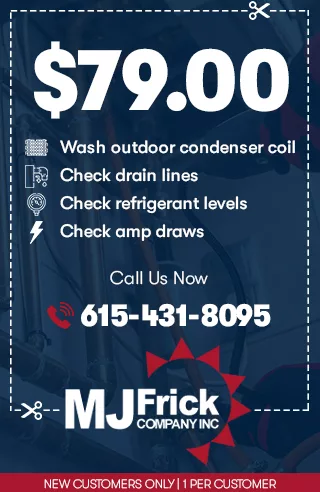What Exactly Does An HVAC System Do?
Your HVAC system is installed to ensure adequate ventilation to help regulate and clean your home’s indoor air temperature and quality.
The key features of your HVAC system are to:
- Have the ability to move large volumes of air
- The use of convection for heating and cooling
- Regulation of humidity levels
These common features can, on occasion, be susceptible to issues. This can be due to a number of things, including the HVAC technician and their installation process being completed inadequately.
Often, your HVAC technician may skip over small but important steps and take shortcuts in order to get through your installation quickly.
Inadequate installation can cause for there to be issues with the thermostat wiring and issues with the system’s electrical panel.
The unfortunate reality is, more time spent installing your system means more money you have to pay your technician.
Further, the more time your technician spends installing your HVAC system, means they will have to take on fewer clients during their working day.
Best Practices my technician should be using when installing my HVAC system
There are multiple things that your HVAC technician can do in order to ensure your home’s ventilation system is installed and running efficiently.
- Tight Building Envelope:
Tight Building Envelope insulates and air seals as much as possible to reduce the risk of leaks and holes in your ductwork.
- Sizing your equipment and ductwork to your region’s standards:
These standards can be subject to:
- Local Climate
- Window Orientation
- Insulation Levels
Your technician should take proper calculations and measurements of your space to ensure you pick the perfect system for your home.
A unit that is too large will inadequately remove and maintain the humidity levels of your home.
A unit too small will not be able to circulate cool air through your home properly on warmer days.
- Ductwork Design:
Minimizing the length that your duct runs, as well as, placing it in a conditioned environment will allow for a stronger, longer-lasting HVAC system.
Your technician should avoid places like attics and basements as they are often un-conditioned environments where temperature control is harder to obtain.
- Duct Sealing:
This process ensures all leaks, holes, and poor conditions are taken care of.
Improper installation of your HVAC system means it can be easily susceptible to things like holes and leaks in your system, allowing for cool air to escape and the overall deterioration of your system.
Your technician should double and triple-check all their ducts both during and following installation as to ensure there are no tears that can lead to leaks or holes.
In an average home, 20% of air moving through your ducts can be lost to improper duct sealing.
This should also be checked during your annual maintenance check with your HVAC professional.













